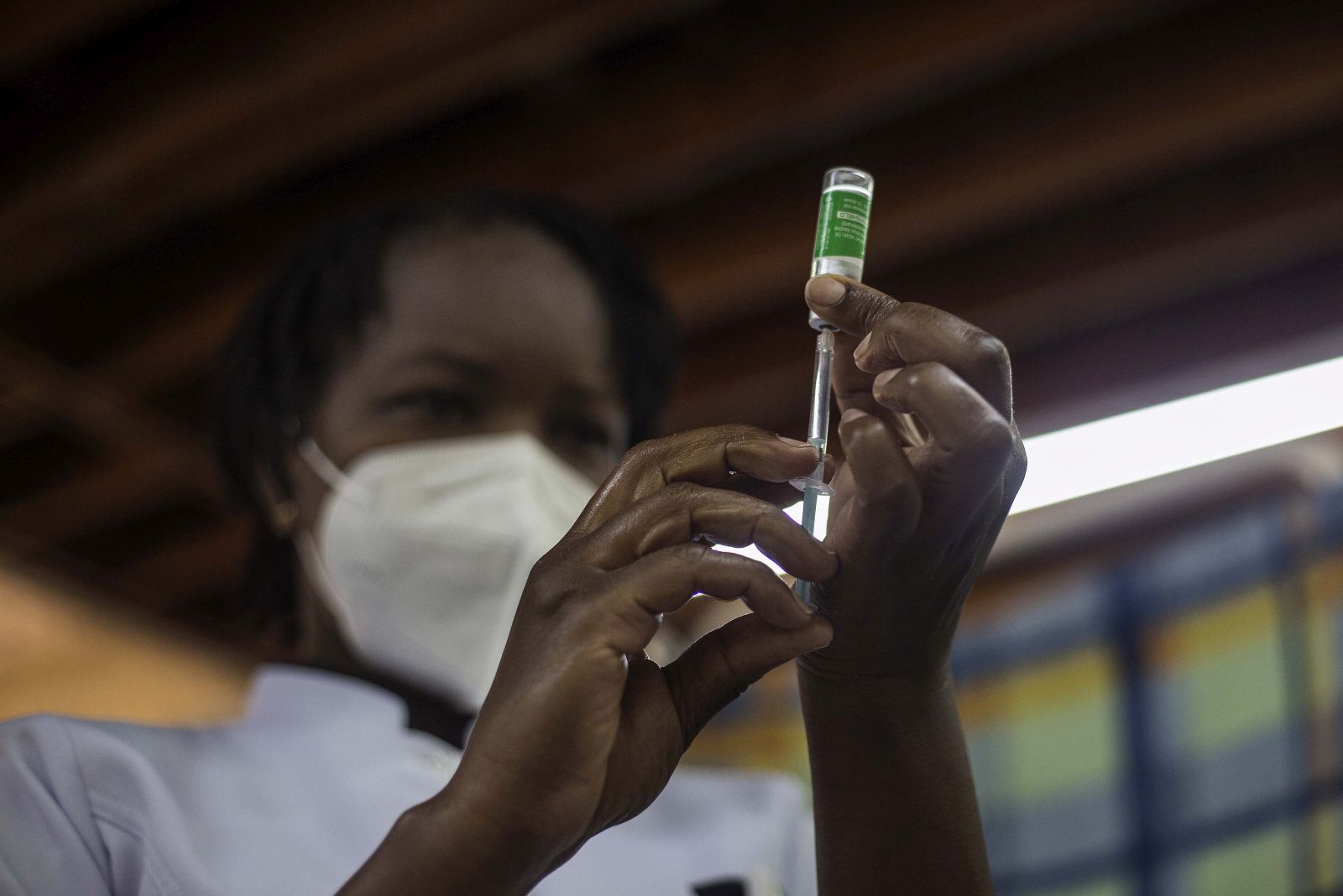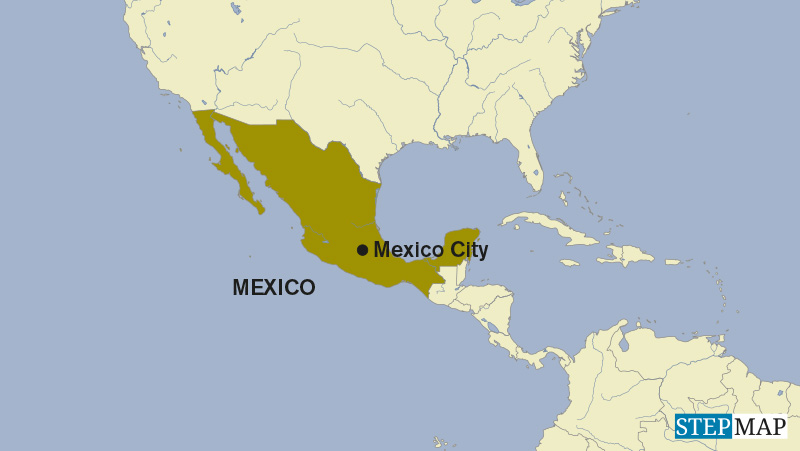Our View
Environmental destruction exacerbates health needs

Basic healthcare therefore belongs high on the developmental agenda. Health centres, hospitals and pharmaceutical supply are important, and all people who need treatment must get access. Far too many still do not.
As the saying goes, prevention is better than cure. Vaccinations serve that purpose and have helped to improve standards of life in many places. Pharmaceutical interventions, however, are only a small contribution to the prevention of illnesses and disabilities. Providing people with safe drinking water and sanitation reduces the prevalence of diseases. To a considerable extent, safety standards at work or in vehicles protect people from the impact of accidents. Air pollution is known to cause deadly illness.
Examples of this kind show that policy action is often of health relevance even if it does not pertain directly to healthcare. The more effective these interventions are, the less money is needed for healthcare. Where protective action is neglected, however, more patients will need more expensive therapies.
Depleted eco-systems
We live in an era of escalating environmental crisis. Awareness is growing for how human well-being is interrelated with the health of animals, plants and ecosystems. Because of global heating, the dwindling of biodiversity, pollution, land-use changes and other harmful trends, healthy ecosystems can no longer be taken for granted. They used to be the norm, but they are becoming exceptional.
Depleted ecosystems are less resilient and make zoonotic diseases, which are transmitted from animals to human beings, more likely. The Covid-19 pandemic showed us how devastating the impacts can be. Most scientists think that it started when infected meat from a remote forest region was sold at a popular market in Wuhan, China, in late 2019. A global health crisis followed.
Due to the pandemic, policymakers’ interest in a holistic understanding of health has grown. The technical term for this approach is One Health. Scholars had been focusing on the interrelation of human, animal and ecosystem health for quite some time. One Health deserves attention. It is of cross-cutting relevance with a bearing on a wide range of policy areas, including agriculture, forestry, urban planning, industrial development, pollution, climate and biodiversity. The list goes on.
Coherent UN agenda
One Health thus exemplifies the interrelatedness of the UN’s 17 Sustainable Development Goals. SDG3 (Good Health and Well-being) depends on SDG6 (Clean Water and Sanitation), SDG11 (Sustainable Cities and Communities) and SDG12 (Responsible Consumption and Production), to name only three. In turn, progress towards the health goal will serve SDG10 (Reduced Inequalities). All SDGs, of course, require international partnerships (SDG17).
Current ecological trends will exacerbate health needs. Even today, however, far too many poor people do not get the treatment they need. Indeed, governments of developing countries often consider social-protection schemes to be unaffordable. Yes, budgets are tight, but even governments of some low-income countries spend heavily on military capacities. What humanity needs are global solutions for global problems. Those who start proxy wars, provoke arms races or even attack others are making those solutions unachievable.
Hans Dembowski is the editor-in-chief of D+C/E+Z.
euz.editor@dandc.eu













